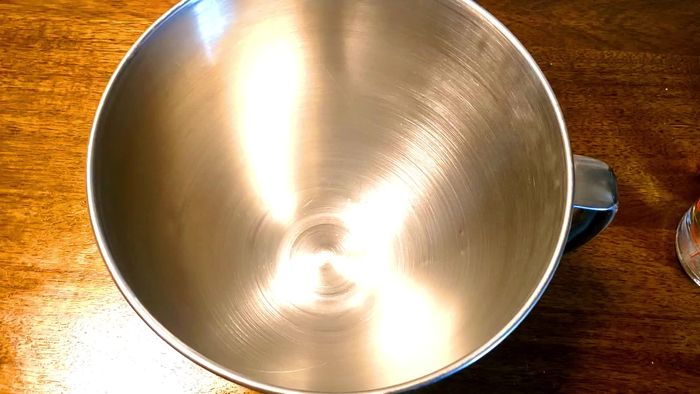The aroma of freshly baked bread is universally comforting, and the crisp crust of a French baguette is a culinary delight. But what happens when the rich traditions of Ethiopian baking meet the elegance of French breadmaking? The result is a surprisingly delicious fusion: the Ethiopian French Baguette. This unique recipe blends the earthy, slightly sweet notes often found in Ethiopian flatbreads with the airy texture and satisfying chew of a classic baguette. Expect a slightly more robust flavor profile than your typical French baguette, a testament to the unique ingredients and baking techniques employed.
This exciting culinary adventure marries the best of both worlds, offering a new twist on a beloved classic. We’ll delve into the secrets of creating this extraordinary bread, exploring the specific flour blends and fermentation processes that are key to its success. Ready to embark on this flavorful journey? Let's dive into the step-by-step process to create your own perfectly crafted Ethiopian French Baguette.
Tools Needed
- Oven
Ingredients
- name: Ingredients for Ethiopian French Baguette are not explicitly mentioned in the provided transcript.
- amount
Step-by-Step Instructions
Step 1. Prepare the Dough
- Prepare the dough according to your preferred French baguette recipe. The transcript does not provide a specific recipe.

Step 2. Rise and Shape
- Let the dough rise. The exact rising time isn't specified in the transcript.
- Shape the dough into baguette form. The transcript doesn't detail this process.


Step 3. Bake the Baguettes
- Preheat your oven to the appropriate temperature (not specified in transcript).
- Bake the baguettes until golden brown and cooked through. Baking time is not explicitly mentioned.


Step 4. Cool and Serve
- Remove from oven and let cool slightly before serving.

Read more: Ethiopian Butternut Squash Stew Recipe: A Vegan Delight
Tips
- Use high-quality flour for the best results. (This is an inferred tip, not explicitly stated.)
- Ensure your oven is properly preheated for even baking. (This is an inferred tip, not explicitly stated.)
- Let the baguettes cool completely before storing to prevent sogginess. (This is an inferred tip, not explicitly stated.)
Nutrition
- Calories: Not available
- Fat: Not availableg
- Carbs: Not availableg
- Protein: Not availableg
FAQs
1. Can I substitute all-purpose flour for bread flour in this recipe?
While you can substitute, bread flour's higher protein content is crucial for the baguette's characteristic chewy texture. All-purpose flour will result in a softer, less structured loaf.
2. What's the secret to achieving that crispy crust?
A hot oven (at least 450°F/232°C) and steam are key! The steam helps create a crisp crust while the high heat bakes the inside quickly.
3. How long can I store the Ethiopian French Baguette?
Store it in an airtight container at room temperature for up to 2 days, or freeze it for longer storage. Reheat in a low oven to refresh.
Congratulations! You've successfully baked your own Ethiopian French Baguette. Enjoy the unique blend of flavors and textures this recipe provides, sharing its deliciousness with friends and family. Now, go forth and conquer the world of fusion baking!
